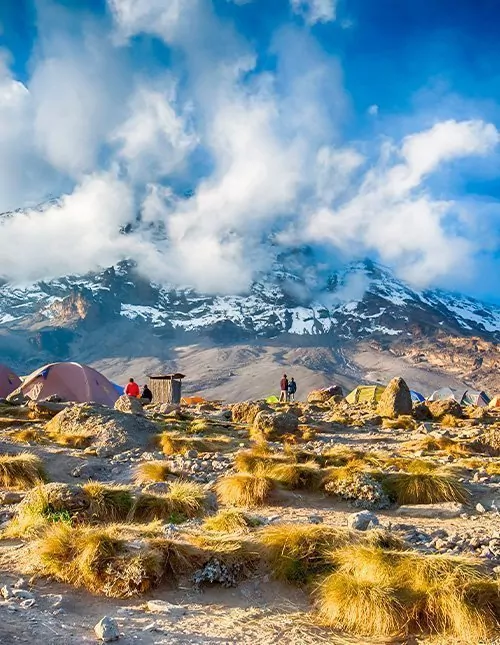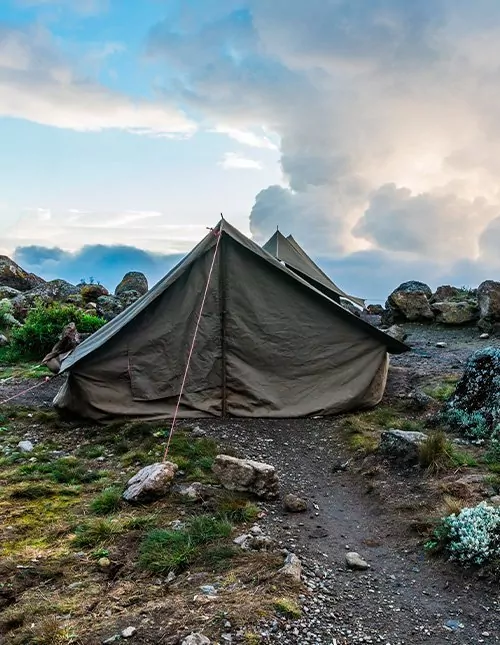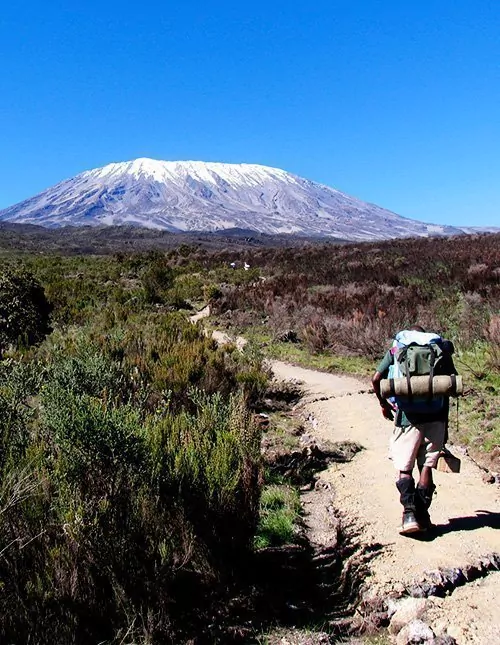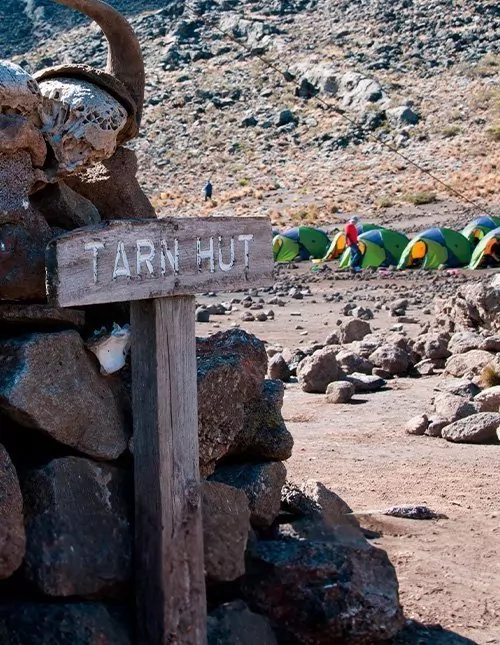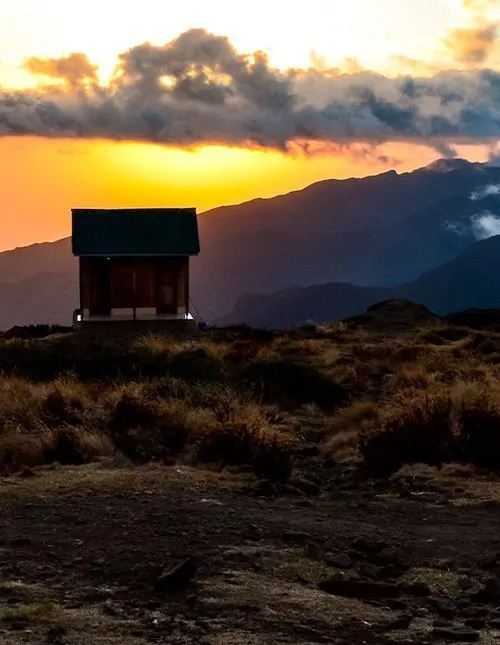- Home
-
Our tours
- Our tours
- Africa
- Asia
- Latin America
- North America
- Oceania
- Holiday types
-
Accommodation
- Accommodation
- Africa
- Asia
- Latin America
- North America
- Oceania
-
Practical info
- Practical info
- Africa
- Asia
- Latin America
- North America
- Oceania
- Info & Contact
- Blog
Trekking in Africa
Have you considered going on an active holiday in Africa?
Africa offers plenty of activities where you can challenge yourself in Africa’s magnificent nature – the ultimate adventure!
See our tours with trekking in Africa below.
If you have any questions, please call our travel specialists on 01279 704 135.


Trekking in Africa
Have you considered going on an active holiday in Africa?
Africa offers plenty of activities where you can challenge yourself in Africa’s magnificent nature – the ultimate adventure!
See our tours with trekking in Africa below.
If you have any questions, please call our travel specialists on 01279 704 135.
Why should go on an tour with hiking in Africa?
An active holiday with hiking in Africa offers some of the world’s most unforgettable trekking experiences, as in addition to challenging yourself, you get a fantastic sense of the continent’s magnificent nature and unique wildlife.
Our tours with trekking
We offer trekking at two of our destinations in Africa: in Uganda and on Kilimanjaro.
Hiking in Uganda’s deep rainforest
Uganda is known as for its unique possibilities to go gorilla tracking, an experience that attracts nature-lovers from all over the world.
In the dense forests of Bwindi Impenetrable National Park, visitors have the chance to see the impressive mountain gorillas close up in their natural habitat. A trek in search of the gorillas is not only an exciting adventure, but also an important contribution to nature conservation, as tourism revenue helps protect these endangered animals.
The gorilla trek in Uganda is combined with safaris in Uganda’s Queen Elizabeth and Lake Mburu national parks, as well as experiences at Lake Victoria, the world’s second-largest freshwater lake.
Is the trek demanding?
On the gorilla tracking trek in Uganda, the trip to the gorillas can take anywhere between 45 minutes to 6 hours, so you need to be in reasonable shape.
The forest terrain can be challenging at times, but throughout the trip you will be accompanied by experienced guides from the Uganda Wildlife Authority.
What can you expect on the gorilla trek?
Once you’ve hiked through the forest and located the gorillas, the rules allow spending up to one hour with the gorillas.
And what an hour!
Coming face to face with a mountain gorilla is something that only a few people get to experience. It is hard not to feel a sense of awe when faced with this majestic creature.
Time is spent in close proximity – often just a few metres – to of the large, peaceful primates, but always under strict guidelines to ensure the safety of both gorillas and visitors. The gorillas are used to the presence of humans, but it is important to behave calmly and avoid direct eye contact so as not to appear threatening.
When is the best time to go gorilla tracking?
Bwindi Impenetrable National Park can be visited all year round, but like many other destinations, there is a difference between the rainy and dry seasons, as well as in visitor numbers.
It is best to go gorilla tracking during the dry seasons from December-February and June-August. At these times of year, the paths are easier to walk on, as they are not muddy due to the rain. Read more about the best time to visit Uganda.
Is there an age restriction on gorilla tracking?
When you go gorilla tracking in Uganda, you must be at least 15 years old. There is no upper age limit.
Climb the world’s highest free-standing mountain
Kilimanjaro is Africa’s highest mountain and a popular destination for climbers worldwide.
Standing approx. 5,895 metres high, its highest point, Uhuru Peak, offers a challenging adventure. The hike to the top via one of our five exciting routes is rewarded with unique views and a strong sense of achievement.
Is the trek demanding?
The actual ascent of Kilimanjaro is actually a trek and rather real mountain climbing. This means that the climb does not involve scaling steep rock faces, but walking on paths and across rock formations.
The daily stages are between 4 and 20 km long, lasting 3 to 7 hours (and even longer when descending). It is therefore important that you are in good physical shape. It is also hard because of the high altitude, where the risk of altitude sickness increases, and it can be mentally draining to continue. We therefore recommend that you train both physically and mentally before you leave to go on the trek.
What to expect on Kilimanjaro?
From the lush rainforests to the open grasslands, rocky deserts and finally the snow-capped peak, the terrain changes daily as you climb Kilimanjaro.
The hike up the mountain takes several days, with each stage ending at camps strategically located along the route. Here, hikers can rest, enjoy hot meals and swap experiences under an often-starry sky.
Although the days are challenging with several hours of hiking, the afternoons at camp are an opportunity to relax and prepare for the next day’s stages.
Standing on Uhuru Peak, Africa’s highest point, after these demanding days gives you an unforgettable sense of triumph and wonder that few other experiences can match.
When is the best time to climb Kilimanjaro?
Kilimanjaro can be climbed all year round.
Its location close to the equator means that temperatures do not fluctuate greatly during the year, but the weather depends on the seasons (rainy and dry seasons) and how high up you are.
Most people prefer to climb Kilimanjaro during the dry seasons, which run from January to mid-March and again from June to October. However, it is also possible to reach the top of Kilimanjaro in dry weather, even if you climb the mountain during the rainy seasons, i.e. mid-March to May and November to December.
The blog post about when is the best time to climb Kilimanjaro provides more details about the weather in the individual months.
Is there an age limit to climbing Kilimanjaro?
The official minimum age limit for climbing Kilimanjaro in Tanzania is 12 years old, but we recommend very careful consideration before making the trip with children aged below 15.
Combine hiking in Africa with a beach holiday
Both our gorilla tracking in Uganda and climbing Kilimanjaro can be completed with a well-deserved beach holiday in exotic Zanzibar, located off the coast of Tanzania.
Zanzibar offers crystal-clear waters, golden sandy beaches and a relaxed atmosphere that is perfect for digesting all the impressions and experiences from your trip.
In addition to sunbathing and swimming, Zanzibar also offers opportunities for snorkelling and cultural experiences. For example, you can:
- Explore historic Stone Town, the old town that is the cultural heart of Zanzibar and which has remained virtually unchanged for the past few hundred years.
- Experience spice plantations. Zanzibar is known for its many different spices, which have given the island the name ‘Spice Island’.
- Visit Joazani Chwaka Bay National Park, where you can meet the red colobus monkey, which is endemic to Zanzibar.
Any questions about trekking in Africa?
Do you need any help with going on an active holiday in Africa?
Whether you want to climb Kilimanjaro or hike deep into Uganda’s rainforest, we are ready to help you.
Our travel specialists have extensive experience with our tours Africa and in helping our guests to choose the right trip, so please get in touch if you have any questions.
If you are dreaming of an active holiday in our other destinations, we also offer tours with trekking or hiking in Sri Lanka, Colombia and Peru.
We look forward to helping you a tour of a lifetime!
TourCompass – From tourist to traveller

Catriona is passionate about helping other people fulfill their travel dreams, as she knows how much travel has only improved her life for the better!
Friday 9-13
